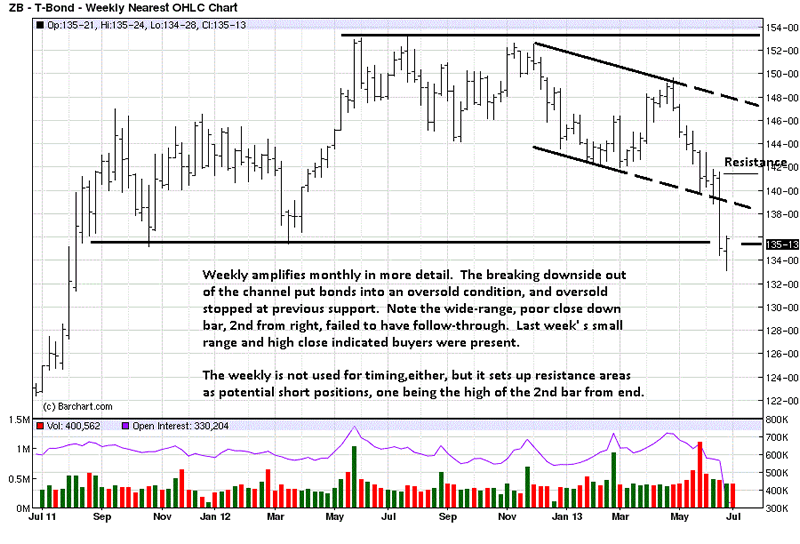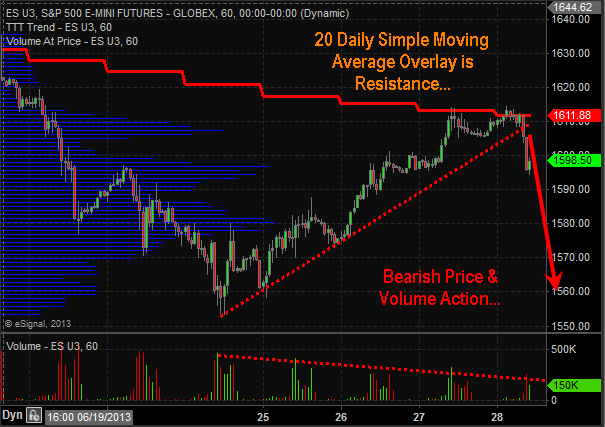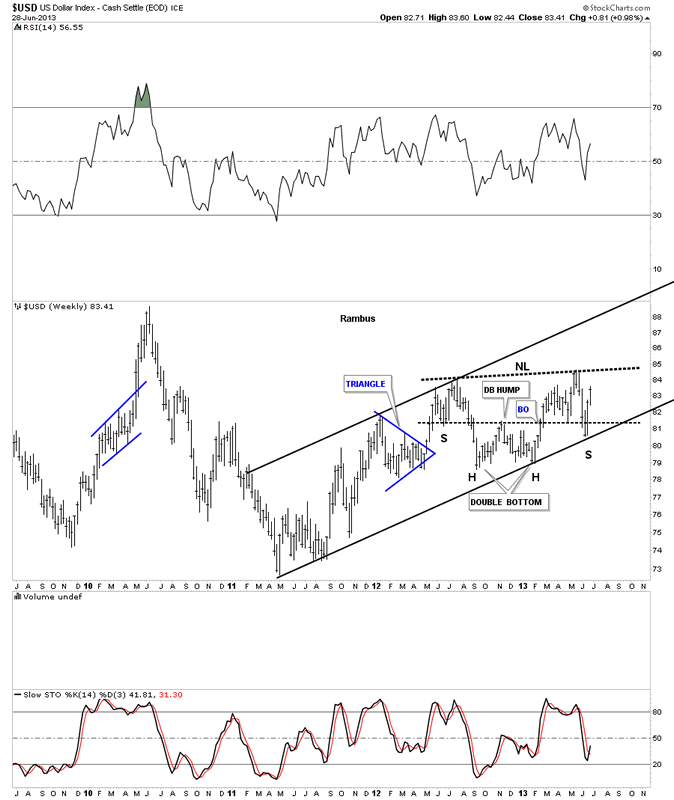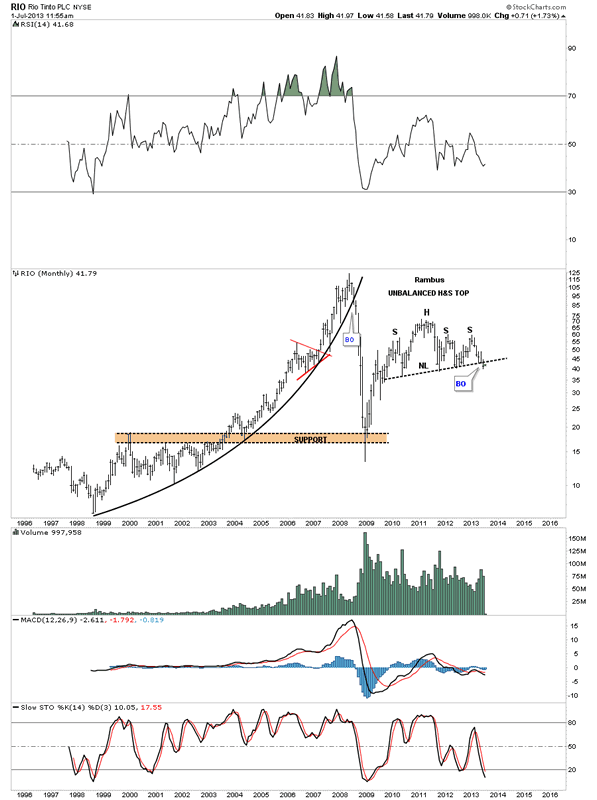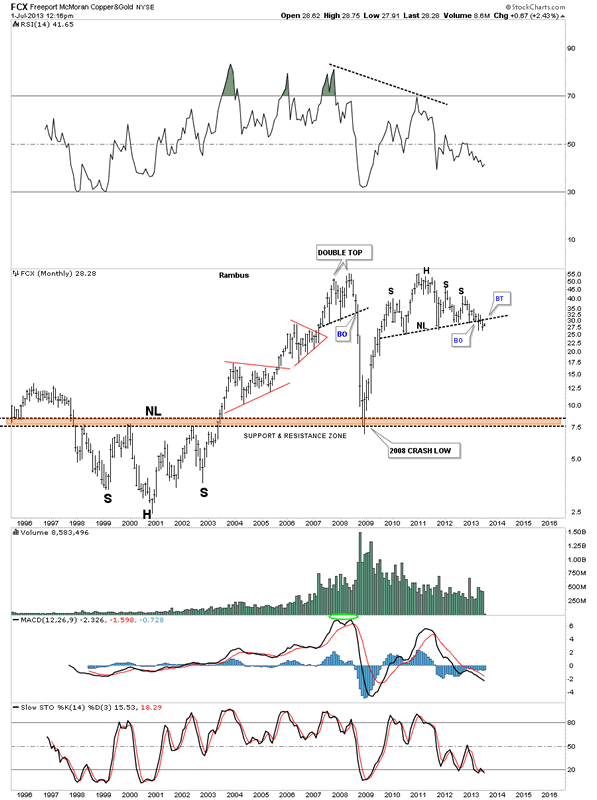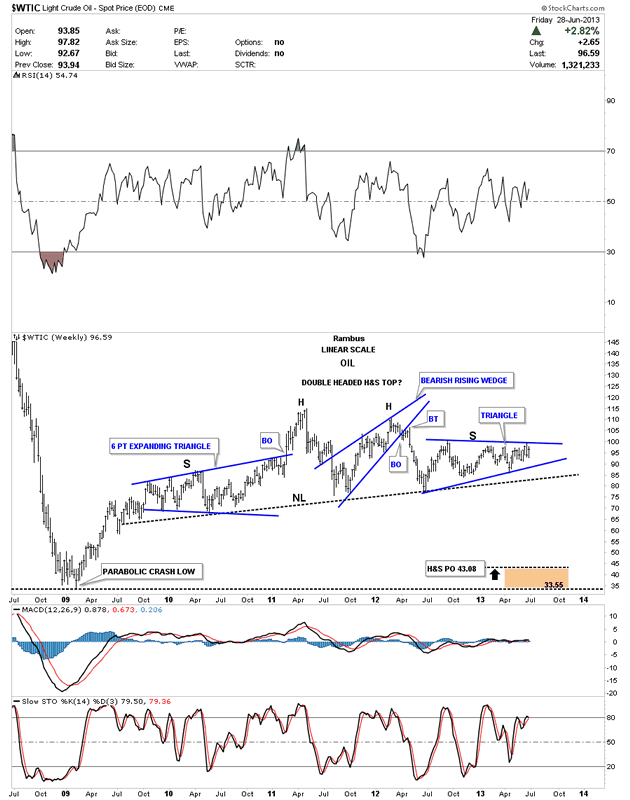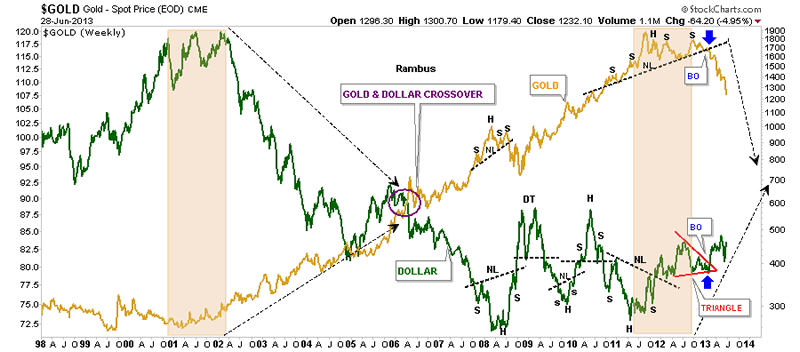COFFEE
General Comments: Futures were higher in range trading. The cash market remains very quiet. However, roasters are showing more buying interest and it is possible to get some business done. Sellers, including Brazil, are quiet and are waiting for futures to move higher. Buyers are interested on cheap differentials, and might start to force the issue if prices hold and start to move higher in the short term on ideas that the market made a bottom. Brazil weather is forecast to show dry conditions, but no cold weather. There are some forecasts for cold weather to develop in Brazil early next week, but so far the market is not concerned. Current crop development is still good this year in Brazil. Central America crops are seeing good rains now. Colombia is reported to have good conditions.
Overnight News: Certified stocks are higher today and are about 2.747 million bags. The ICO composite price is now 116.15 ct/lb. Brazil should get dry weather except for some showers in the southwest. Temperatures will average near to above normal. Colombia should get scattered showers, and Central America and Mexico should get showers, and rains. Temperatures should average near to above normal. ICE said that 7 delivery notices was posted against July today and that total deliveries for the month are now 799 contracts.
Chart Trends: Trends in New York are down with no objectives. Support is at 117.00, 116.00, and 113.00 September, and resistance is at 123.00, 125.00, and 126.00 September. Trends in London are mixed to up with objectives of 1835 and 1900 September. Support is at 1755, 1720, and 1705 September, and resistance is at 1800, 1855, and 1870 September. Trends in Sao Paulo are down with no objectives. Support is at 140.00, 137.00, and 134.00 September, and resistance is at 148.00, 151.00, and 155.00 September.
COTTON
General Comments: Futures were higher after holding support on the charts. It was a low volume session with the holiday this week. Futures held the short term range. It is possible that futures can work lower again as demand has turned soft. Ideas of better production conditions in the US caused some selling interest. Texas is reporting light precipitation, mostly in southern areas. Dry weather is being reported in the Delta and showers and storms are seen in the Southeast. The weather should help support crop development in the Delta and Southeast, and could help in Texas. Weather for Cotton appears good in India, Pakistan, and China.
Overnight News: The Delta should be dry and Southeast will see showers and rains. Temperatures will average near to below normal this week, but near to above normal this weekend. Texas will get a few showers early this week, but will be mostly dry. Temperatures will average near to below normal, but near normal this weekend. The USDA spot price is now 82.55 ct/lb. ICE said that certified Cotton stocks are now 0.623 million bales, from 0.623 million yesterday. ICE said that 757 notices were posted today and that total deliveries are now 2,317 contracts.
Chart Trends: Trends in Cotton are mixed. Support is at 85.10, 84.00, and 82.80 October, with resistance of 86.40, 86.90, and 88.00 October.
FCOJ
General Comments: Futures closed higher in recovery trading. There has been little selling pressure on the market in the last week since the dramatic move lower. Better weather in Florida seems to be the big problem for the bulls at this time. Futures have been working generally lower as showers have been seen and conditions are said to have improved in almost the entire state. Ideas are that the better precipitation will help trees fight the greening disease. No tropical storms are in view to cause any potential damage. Greening disease and what it might mean to production prospects continues to be a primary support item and will be for several years. Temperatures are warm in the state, but there are showers reported. The Valencia harvest is continuing but is almost over. Brazil is seeing near to above normal temperatures and mostly dry weather, but showers are possible later this week.
Overnight News: Florida weather forecasts call for showers. Temperatures will average near to above normal. ICE said that 0 delivery notices were posted today and that total deliveries for the month are now 0 contracts.
Chart Trends: Trends in FCOJ are mixed to down with no objectives. Support is at 125.00, 122.50, and 121.50 September, with resistance at 130.00, 131.50, and 132.50 September.
SUGAR
General Comments: Futures closed lower despite the smallest delivery in seven years against July contracts in New York. Ideas are that mills had not had time to amass more Sugar due to a delayed harvest in Brazil because of rains and also because they are concentrating on producing ethanol. Futures might try to work lower this week. There is still talk that a low is forming or has formed for at least the short term, but there is still a lot of Sugar around, and not only from Brazil. The Indian monsoon is off to a good start and this should help with Sugarcane production in the country. But, everyone is more interested in Brazil and what the Sugar market is doing there. Traders remain bearish on ideas of big supplies, especially from Brazil. Traders in Brazil expect big production to continue as the weather is good.
Overnight News: Showers are expected in Brazil, mostly in the south and southwest. Temperatures should average near to above normal. ICE said that 2,835 lots were delivered against July Raw Sugar futures.
Chart Trends: Trends in New York are mixed to down with objectives of 1640 and 1580 October. Support is at 1650, 1620, and 1600 October, and resistance is at 1690, 1715, and 1750 October. Trends in London are mixed to down with objectives of 475.00, 465.00, and 448.00 October. Support is at 478.00, 475.00, and 470.00 October, and resistance is at 490.00, 496.00, and 499.00 October.
COCOA
General Comments: Futures closed lower on ideas of good harvest weather and active movement of beans to ports in western Africa. Internal prices are reported weak in much of Africa. Ideas of weak demand after the recent big rally kept some selling interest around. The weather is good in West Africa, with more moderate temperatures and some rains. It is hotter and drier again in Ivory Coast this week, but the rest of the region is in good condition. Ivory Coast is starting to see showers, but will need more rain soon. The mid crop harvest is about over, and less than expected production along with smaller beans is reported. Malaysia and Indonesia crops appear to be in good condition and weather is called favorable.
Overnight News: Scattered showers are expected in West Africa. Temperatures will average near to above normal. Malaysia and Indonesia should see episodes of isolated showers. Temperatures should average near normal. Brazil will get mostly dry conditions and warm temperatures. ICE certified stocks are lower today at 4.934 million bags. ICE said that 22 delivery noticies were posted today and that total deliveries for the month are 294 contracts.
Chart Trends: Trends in New York are mixed. Support is at 2130, 2100, and 2080 September, with resistance at 2190, 2200, and 2230 September. Trends in London are mixed. Support is at 1440, 1420, and 1360 September, with resistance at 1470, 1490, and 1520 September.



















 Wolf Richter
Wolf Richter


